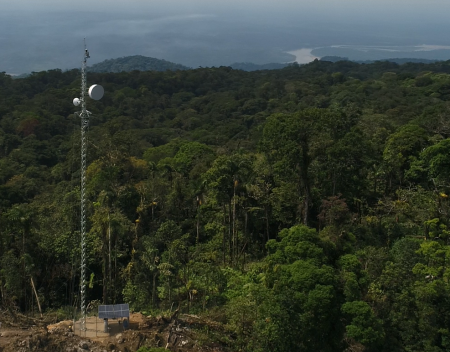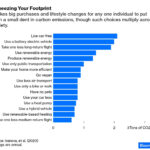October 18, 2018 – Peter Diamandis expounds on how the world is getting more connected and talks about the next 2 billion being online by 2025. But reality is painting a different picture. According to a Guardian-published article citing a yet to be released World Wide Web Foundation report, the rate of growth in Internet access is not speeding up but rather is slowing down.
In 2014 the United Nations predicted that 50% of the planet’s population would be on the Internet by 2017. But the latest figures show that the 50% mark will not happen until the middle of 2019 if not later. The definition for being on the Internet as far as the U.N. is concerned means a user has access to a device with connectivity at least once in three months.
Throughout the period from 2005 to 2017, growth rates for Internet access have increased annually at an 11% clip. But in the current year, the rate has slipped to 6% leaving 3.8 billion currently unconnected.
So what’s slowing connectivity? A lack of affordable telecommunications and the power to connect in many countries. The expense of putting infrastructure in place has made it difficult for Developing World countries. There is little in the way of return on investment for large utilities and telecommuncation providers when the customers are largely poor. Hence, the infrastructure doesn’t get built unless the government gets involved. And once done, telephone and data connectivity may have little appeal to users unfamiliar with the technology, or unable to pay.
What is the value proposition that Internet connectivity is bringing to areas of the Developing World where it currently doesn’t exist?
- Mobile payment systems like M-Pesa and bKash can now be used to serve as online financial resources where previously no traditional banking existed.
- Open universities and other free educational resources become accessible to the young.
- Knowledgebases and online help become available to those seeking to address local challenges including security of food, clean water, and other basic life necessities.
Does affordable connectivity to the Internet automatically change Developing World societies that get it?
According to Manjira Sambuli, of the World Wide Web Foundation, “technology is not a silver bullet” to societies where economic inequality is part of the social dynamic between women and men. “In some communities, the whole idea of women owning anything of their own, even a mobile phone, is frowned upon.” So wherever Internet connectivity goes, the hope is that it begins to break down social divides to address economic and educational inequality which remains pervasive in many parts of the Developing World.
A company in Toronto, Clear Blue Technologies, has made central to its business mission, the ability to deliver and remotely manage off-grid telecommunications and power to digitally isolated communities in the Developing World. It has partnered with a number of companies including Facebook and telecommunication providers working in Africa, Asia and Central and South America.
Just how difficult can it be for telecommunications companies to bring the Internet to digitally isolated communities?
In a recent installation in the Peruvian Amazon, Clear Blue Technologies, working with Telefonica and May Telecommunications, had to carry 20 tons of equipment over a roadless landscape to a digitally isolated town of 25,000. All equipment had to be hand carried on hiking trails, taking over three hours to reach mountain tops where the systems were installed (see picture below). This deployment was for 25,000. Now imagine many of the 2 billion expected to have access being in locations equally challenging.
I am convinced that the Peter Diamandis prediction for 2025 is off by hundreds of millions if not a billion. It won’t happen without the deployment of technologies like the one Clear Blue has developed. And that means a concerted partnership among governments, utilities, software companies, telecommunications providers, and charitable foundations to help fund, deliver and operate in conditions unlike any that existed for the first 3.5 billion. In the current state of our planet, I am not sure there is the collective will or the money to connect and empower the next 2 billion before 2030.
















